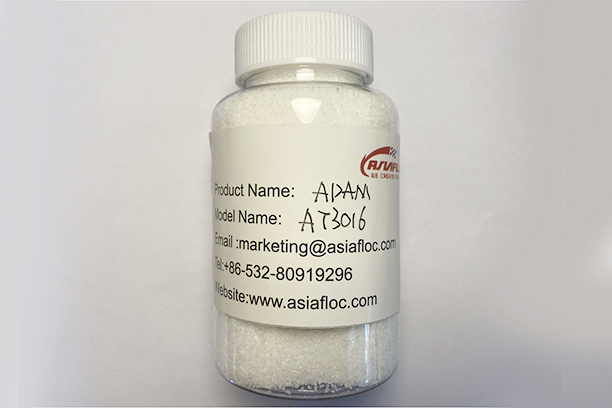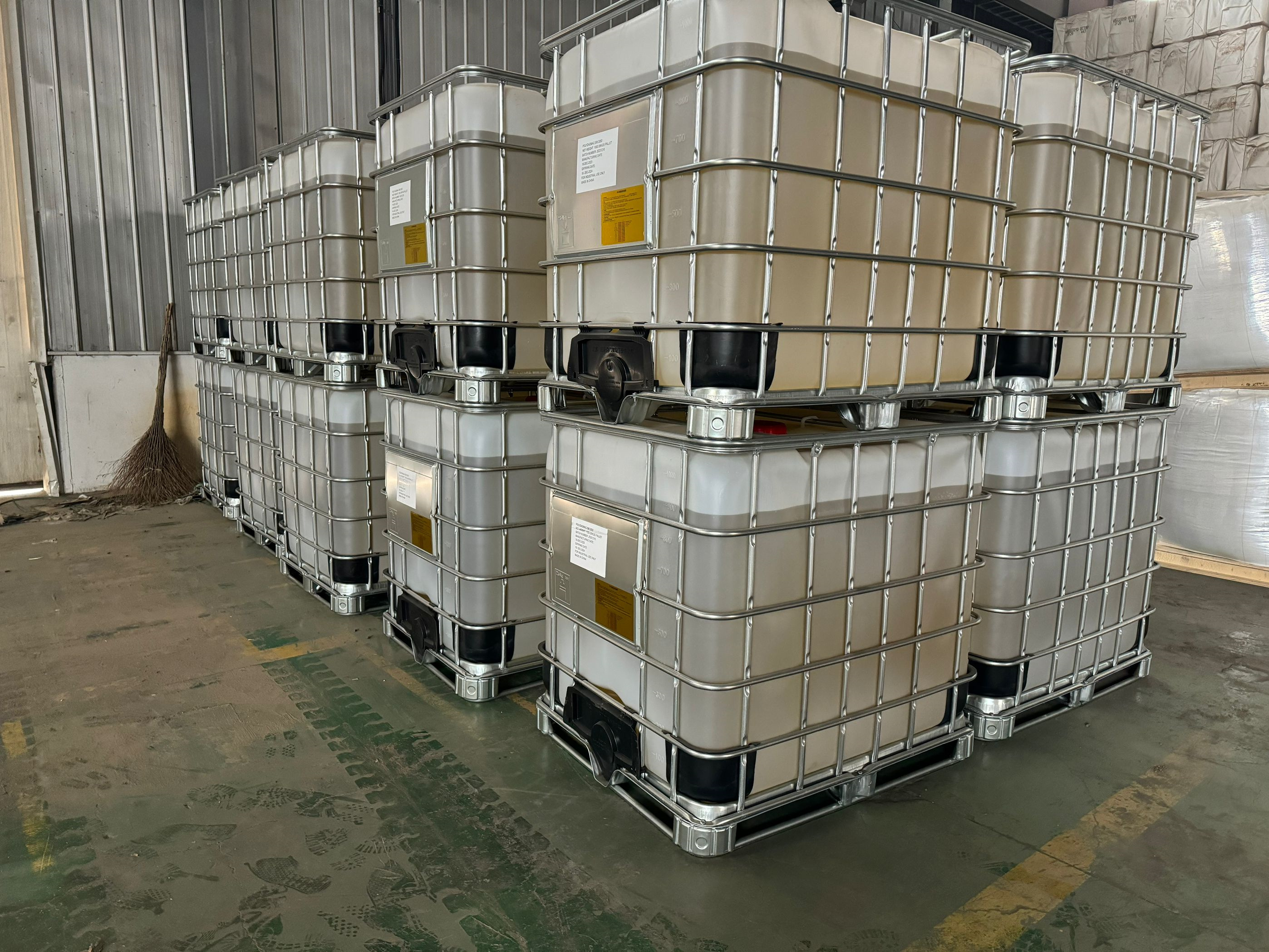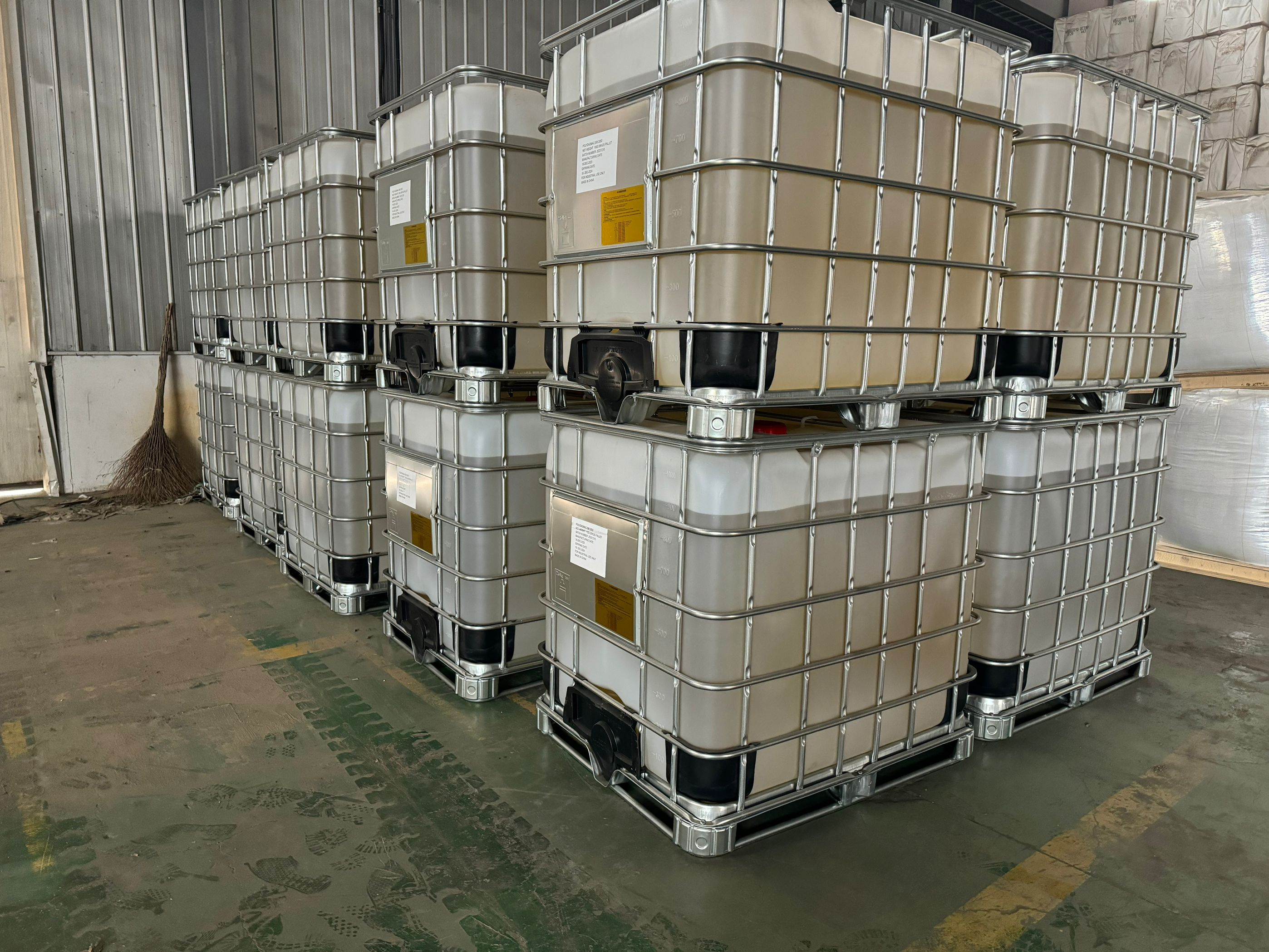Representative polymer polyacrylamide are: non-ionic polyacrylamide (ABBREVIATED NPAM, molecular weight 8-15 million), anionic polyacrylamide (abbreviated APAM, molecular weight 8-20 million), cationic polyacrylamide (abbreviated CPAM, molecular weight 8-12 million, ionic degree 10%-80%). The amount used is generally 1 to 2 parts per million of waste water.
The polyacrylamide Magnafloc 919 Superfloc A120 can be replaced by Asiafloc Series
The polyacrylamide Magnafloc 919 Superfloc A120 can be replaced by Asiafloc Series
Representative polymer polyacrylamide are: non-ionic polyacrylamide (ABBREVIATED NPAM, molecular weight 8-15 million), anionic polyacrylamide (abbreviated APAM, molecular weight 8-20 million), cationic polyacrylamide (abbreviated CPAM, molecular weight 8-12 million, ionic degree 10%-80%). The amount used is generally 1 to 2 parts per million of waste water.
Anionic polyacrylamide (APAM) product characteristics: anionic polyacrylamide (APAM) appearance of white powder, molecular weight from 6 million to 25 million. Water solubility is good, can be dissolved in water in any proportion and insoluble in organic solvents. The effective PH range is 4 to 14. It is highly polymer electrolyte in neutral alkaline media and is sensitive to saline electrolytes and can cross-link with high-priced metal ions to form insoluble colloids.
Cationic polyacrylamide (CPAM) product characteristics: the appearance of cationic polyacrylamide (CPAM) is white powder, ion from 20% to 55% water solubility, can be dissolved in water in any proportion and insoluble in organic solvents. High polymer electrolyte, suitable for wastewater treatment with negative charge and rich organic matter. Suitable for dyeing, papermaking, food, construction, metallurgy, mineral processing, coal powder, oil field, aquatic processing and fermentation industries with higher organic colloid content of wastewater treatment, especially for municipal sewage, municipal sludge, papermaking sludge and other industrial sludge dewatering treatment.
Amphoteric polyacrylamide is hydrolyzed and copolymerized by vinyl amide and vinyl cationic monomer acrylamide. Amphoteric irregular polymer with both positive and negative charges on the molecular chain.
Non-ionic polyacrylamide (NPAM) product characteristics: non-ionic polyacrylamide series products are linear polymers with high molecular weight and low ionic degree. Because of its special group, it is endowed with the role of flocculation, dispersion, thickening, bonding, film formation, gel, stable colloid. Sewage treatment agent: non-ionic polyacrylamide is more suitable as flocculant when the suspended sewage is acidic. At this time, PAM plays the role of adsorption bridge, so that the suspended particles produce flocculation precipitation, to achieve the purpose of purifying sewage. Can also be used for the purification of tap water, especially with the use of inorganic flocculant, the best effect in water treatment.






